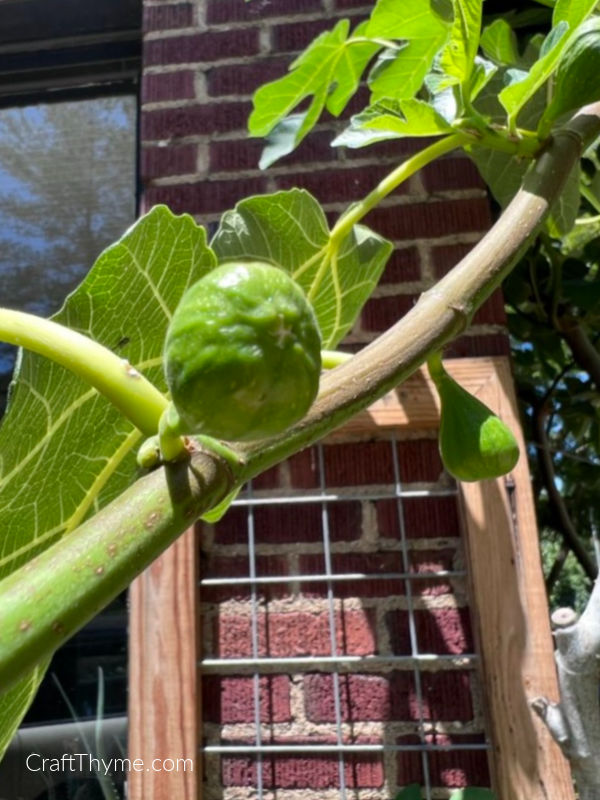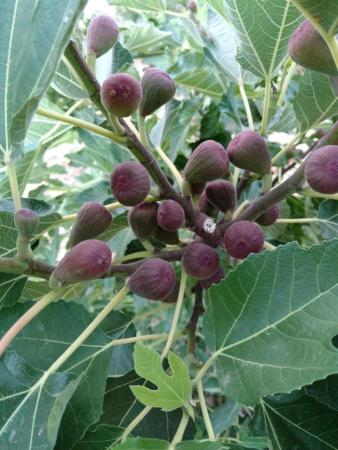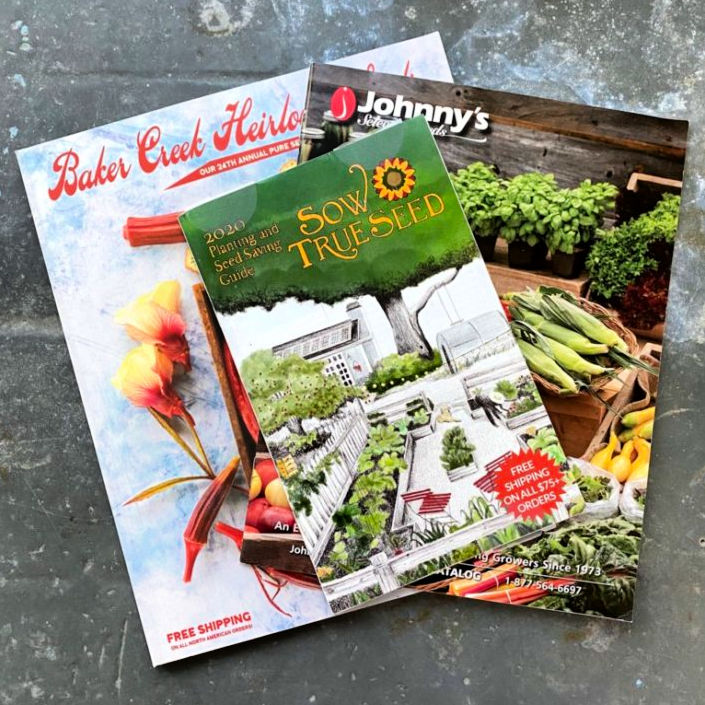
Are you looking to start a small flock of chickens on your urban homestead? We’ve got you covered! After years of experience, we’ve tried and tested various breeds and have found some of the best chicken breeds for urban homesteads. We’ve also come across some breeds that are not suitable for small urban homesteads, like cinnamon queens (aka Divas). In this article, we’ll share our top 5 chicken breeds for urban homesteads, along with some honorable mentions.
Our selection is based on factors such as their ability to stay confined or small free ranging, friendly temperament, and egg-laying capability. We understand that most urban homesteaders are looking for egg-laying chickens that can produce for several years. Because we aren’t looking for processing chickens we weighed these heavily on temperament. I’m not above culling a chicken, but I prefer almost pet-like for my main flock. I keep quail for meat since they are easy and fast to turn over.
Here are the main factors that we consider when choosing chicken breeds for urban homesteads:
- Temperament: We look for chickens that are friendly and get along well with other chickens.
- Egg Laying: We consider the number of eggs per year and the number of years they keep laying.
- Space Needs: Some chicken breeds need more space than others.
- Size: Smaller breeds are better suited for small spaces, as larger breeds require more space.
So without further ado, here are our top 5 chicken breeds for urban homesteads, carefully picked to suit your needs.
Top 5 Chicken Breeds for Urban Homesteads
Orpington
The Buff Orpington is a personal favorite of ours and is the lead chicken of our flock. These chickens are known for their docile and friendly personalities, as well as their solid light brown egg-laying capabilities. Despite being a larger breed, they are comfortable in confined spaces and won’t stray too far if free-ranged. They may even become your new lap chicken! The only drawback is their size, which may be a concern if you’re tight on space.
- Temperament: Friendly and docile, great lap chicken
- Egg laying capability 200-280 per year
- Space needs: Can be confined or free-ranged, but larger in size

Plymouth Rock (aka Barred Rock)
The Plymouth Rock is a smaller heritage breed that lays large light brown eggs. Despite being one of America’s oldest breeds, they fell out of favor for heavier layers. However, we prefer chickens that can lay eggs for years and our Plymouth Rock girl still lays every 2-3 days during the summer months, even at 5 years old. They have a curious and inquisitive personality and are happy to follow you around the yard. Like the Orpington, they’re comfortable in confined spaces and won’t roam too far if free-ranged.
- Temperament: Inquisitive and curious, great lap chicken
- Egg laying capability: 200 per year
- Space needs: Can be confined or free-ranged, but larger in size
Australorp
Australorps are smaller black chickens known for their docile and gentle temperament. They’re great egg layers, capable of producing up to 200 eggs per year, even in cold or dark conditions. They’re content to stay close to the coop and won’t venture too far if free-ranged. Their smaller size makes them a good option for those with limited space. I haven’t had the best luck with super sweet, pet-like australorps, but their egg laying capability MORE than makes up for their little more wary nature. Plus they get along well with the other chickens.
- Temperament: Docile and gentle: does not mean lap chicken in this case.
- Egg laying capability: 200 per year
- Space needs: Can be confined or free-ranged, smaller in size

Silkie
Silkies are a unique and fluffy breed that make great pets. They have a calm and gentle temperament and are known for their broodiness (i.e. tendency to sit on eggs and hatch chicks). Silkies are not the most prolific egg layers, with an average of 100-120 eggs per year, but their friendly personality and charming appearance more than make up for it. They are a bantam breed, meaning they are small in size, making them great for urban homesteads with limited space. Plus who doesn’t want a chicken with an extra toe and black skin?
- Temperament: Calm and gentle, great pet
- Egg laying capability: 100-120 per year
- Space needs: Can be confined or free-ranged, smaller in size
Bantam Cochin
If you’re looking for a chicken breed that’s not only cute but also friendly and easy to care for, the Bantam Cochin might be the one for you. These fluffy little chickens are a smaller version of the standard Cochin, but they make up for their size with their personality. They are gentle, calm, and very friendly, making them great for families with children. They are also excellent foragers, which means they can find much of their own food if given the opportunity to free-range.
- Temperament: Gentle and friendly, great with children and other pets.
- Egg Laying capability: 150-200 per year
- Space needs: Can be confined but prefer to free-range
- Size: Small

Honorable Mentions:
- Welsummer – The Welsummer is a medium-sized breed known for their dark brown, speckled eggs. They are friendly and easy to handle, making them great for families with children. Welsummers do well in confinement but also enjoy free-ranging. If you’re looking for a breed that is both beautiful and practical, Welsummers are a great choice. Our Wellies are super smart and the best at catching bugs and pests
- Buckeye – The Buckeye is a medium-sized breed that is good for both egg laying and meat production. They have a friendly disposition and are easy to handle. They do well in confinement but also enjoy free-ranging. If you’re looking for a breed that is versatile and low-maintenance, Buckeyes are a great choice. Also it was the first breed developed by a woman
- Brahma – The Brahma is a large breed known for their calm and friendly demeanor. They are good egg layers but are also used for meat production. Brahmas do well in confinement but also enjoy free-ranging. If you’re looking for a breed that is both gentle and productive, Brahmas are a great choice. Who doesn’t want a gentle giant wandering around the yard?
- Cuckoo Marans – The Cuckoo Marans is a medium-sized breed known for their dark brown eggs. They have a friendly disposition and are easy to handle. They do well in confinement but also enjoy free-ranging. If you’re looking for a breed that is both attractive and productive, Cuckoo Marans are a great choice. They are pretty human focused and easier to find than their darker egg laying cousin the, French Copper Maran.

Chickens to Avoid if Less Experienced:
- Easter Eggers/Americanas/Araucanas – These breeds are known for their colorful eggs, but they can be flighty and difficult to handle. They also tend to be loud and may not be suitable for urban settings. If you’re looking for a breed that is easy to care for and docile, Easter Eggers, Americanas, and Araucanas may not be the best choice.
- Olive Eggers – Similar to the Easter Eggers, Olive Eggers can be flighty and difficult to handle. They are also less consistent in their egg laying than other breeds. If you’re looking for a breed that is both unique and easy to care for, Olive Eggers may not be the best choice.
Chickens We Won’t Raise Again on Our Urban Homestead.
- Svart Hona (or other land race breeds) – These breeds are not as common and may be harder to find. They are also known for being more difficult to handle and may not be suitable for beginner chicken owners. If you’re looking for a breed that is both low-maintenance and easy to care for, Svart Hona chickens and other land race breeds may not be the best choice.
- Hybrids like Cinnamon Queens – These breeds are often marketed as good egg layers, but they can be prone to health problems and may not live as long as purebred breeds. They also tend to be more flighty and may not be as friendly as other breeds. While they can be good for egg production, they may require more attention and care than other breeds.

In summary, there are many chicken breeds to choose from, each with their own unique characteristics and advantages. When selecting a breed, it’s important to consider factors such as temperament, egg production, size, and suitability for your specific living situation. By doing your research and selecting the right breed for you, you can enjoy the many benefits of raising chickens, from fresh eggs to enjoyable companionship.






























